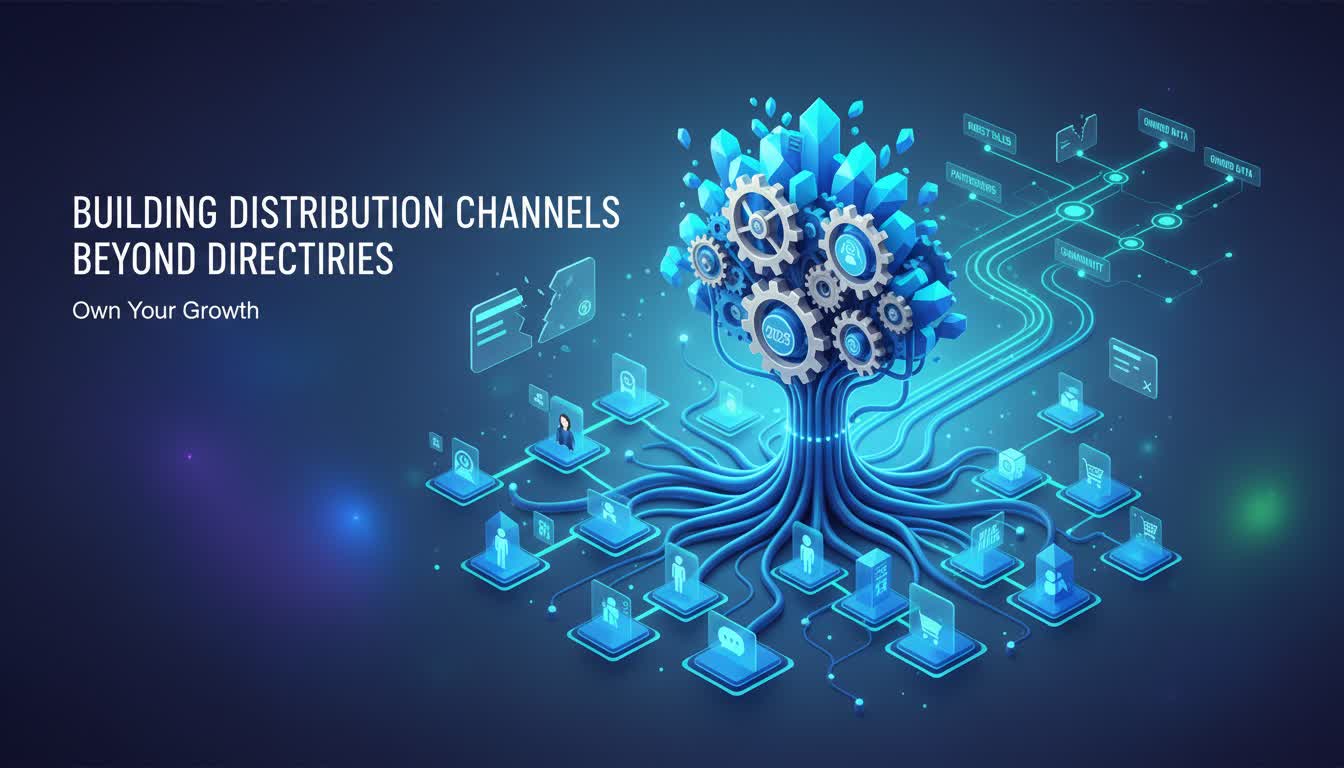
Pricing Strategies for Early-Stage Startups: Don't Leave Money on the Table
Stop undercharging for your startup. Data-driven pricing frameworks that maximize revenue without alienating customers, from 80+ founder case studies and conversion experiments.
"How much should I charge?"
It's the question that keeps founders up at night. Price too low, and you work for pennies. Price too high, and customers vanish.
But here's what most founders miss: Pricing isn't guesswork. It's a systematic process backed by data and psychology.
Let's break down how successful bootstrapped founders price their products to maximize revenue and customer satisfaction.
The Cost-Plus Myth
"I'll just add 50% to my costs and call it a day."
This is how most founders start. It's also why most stay broke.
Reality check: Your costs are irrelevant to customers. They care about the value you deliver.
The Profit Gap
Startups using cost-plus pricing generate 40% less revenue than those using value-based pricing, according to a 2024 SaaS pricing study.
Value-Based Pricing in Action
Step 1: Quantify your value Don't ask "What does it cost to build?" Ask "What problem do I solve, and how much is that worth?"
Example: A task management app founder calculated their tool saved users 3 hours/week. At $50/hour, that's $150/month in value. They priced at $29/month and saw 3x more conversions.
Step 2: Test different price points Start with 3-5 price options. Track conversion rates, not just revenue.
Pro tip: Use landing pages with different pricing to A/B test before building the full product.
The Psychology of Pricing
$9 vs $10: The charm pricing effect Products ending in .99 feel "budget-friendly" but customers perceive them as cheaper than rounded numbers.
Tiered pricing: More = Better Offer 3 pricing tiers. Most customers (60-70%) choose the middle option. The top tier feels premium, the bottom feels accessible.
Annual vs Monthly: The commitment boost Annual plans convert at 3x higher rates but require 10x more nurturing. Start with monthly, add annual discounts later.
Common Pricing Mistakes That Kill Revenue
Mistake #1: Starting too cheap "I need to undercut competitors to get users."
Reality: Low prices attract low-value customers. High prices attract serious buyers who value quality.
One founder raised prices from $19 to $49/month. They lost 30% of customers but gained 80% more revenue from better-qualified users.
Mistake #2: No free trial "Customers will pay without trying."
Reality: Free trials convert 5x better than direct sales. But limit trial length - 14 days maximizes conversion without abuse.
Mistake #3: Complex pricing "More options = more sales."
Reality: Too many choices confuse customers. Stick to 3 tiers maximum. Simplicity drives conversions.
Pricing for Different Business Models
SaaS Products:
- Start at $29/month for B2B tools
- $9-19/month for consumer apps
- Annual discount: 20-30% off
Marketplaces/Platforms:
- Commission-based: 10-20% per transaction
- Subscription: $99-299/month for sellers
Digital Products:
- Courses: $97-497 (odd numbers convert better)
- Templates/Tools: $27-97 one-time
- Memberships: $19-49/month
When and How to Raise Prices
Timing matters: Raise prices after delivering value, not before.
Strategy:
- Add features first (justify the increase)
- Communicate value gained
- Offer grandfather pricing for existing users
- Monitor churn (should stay under 5%)
One founder raised prices 3x over 12 months by adding premium features each quarter. Revenue grew 400% while keeping customers happy.
Pricing Experiments That Work
A/B Testing Framework:
- Change one variable at a time
- Test for 2-4 weeks minimum
- Track: conversion rate, revenue, churn
- Sample size: 1,000+ visitors per test
Real Example: A productivity app tested $19 vs $29/month. $29 converted 40% better and increased lifetime value by 60%.
International Pricing Considerations
Currency matters: Price in local currency when possible. Customers hate mental math.
Regional pricing: Adjust for purchasing power.
- US/Europe: Full price
- Emerging markets: 30-50% discount
- Enterprise: Custom quotes
Taxes: Include VAT/sales tax in displayed prices to avoid surprise charges.
Pricing Tools and Resources
Free tools:
- Google Analytics for conversion tracking
- Hotjar for pricing page heatmaps
- ProfitWell for pricing optimization
Paid tools:
- Chargebee/Stripe for subscription management
- Price Intelligently for data-driven pricing
- Reforge for pricing strategy frameworks
The Bottom Line on Pricing
Start higher than you think. You can always discount, but it's hard to raise prices later.
Test everything. Pricing isn't set once - it's optimized continuously.
Focus on value. Customers buy solutions to problems, not features at low prices.
Track relentlessly. Know your conversion rates, customer acquisition cost, and lifetime value.
One founder started at $9/month, thinking it was competitive. After testing, they found $39/month converted 3x better with the same traffic. That one change turned their startup from break-even to profitable.
Ready to price your startup for success? Get discovered by customers actively seeking solutions on Startup Listing.

